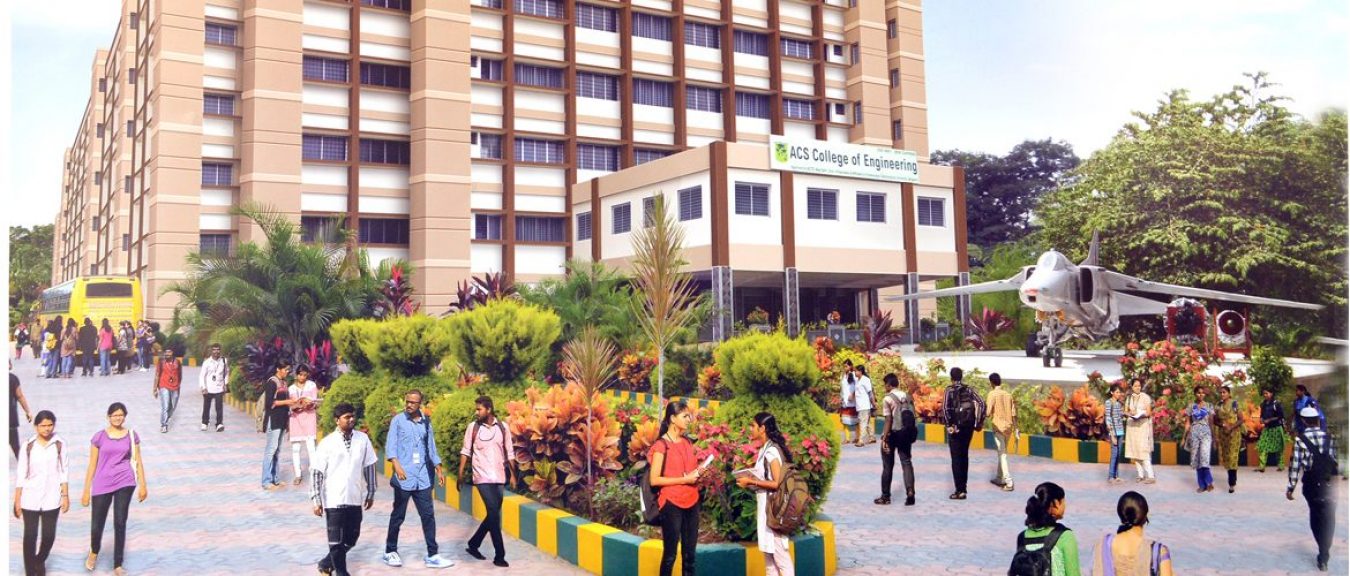Aeronautical engineering is the study of researching, designing, developing, building, and maintaining aircraft and spacecraft within the Earth’s atmosphere. It also covers the investigation of aerodynamic elements of the aircraft, such as control surfaces, lifts, airfoil and drag as well as their behaviours.
Aeronautical engineering is a subset of aerospace engineering. Aerospace engineers are responsible for researching, designing, and manufacturing aircraft and spacecraft for satellite launch vehicles, defence missiles, and satellites for various applications both inside and outside the atmosphere.
The scope of Aeronautical Engineering in India is expanding in the aviation sector and moving toward manufacturing will increase the demand for Aeronautical Engineers. Aeronautical Engineering is in high demand both in India and abroad. They are required in both the private and public sectors of airline services and aircraft manufacturing.
Aeronautical Engineers are hired as Junior Engineers or Graduate Engineer Trainees completing the course, and after completing the trainee period, they are placed in the assistant category. They are promoted to the appropriate designation based on their performance in the organisations, and they may be required to pass departmental exams for further advancement.
Job Opportunities For Aeronautical Engineers
Engineering is the best degree programme in the world. When it comes to Aeronautical Engineering, this is the best combination in the current market. Aeronautical Engineers are in high demand worldwide, which means that not only India, but the entire world, requires Aeronautical Engineers to meet their needs. As a result, India has more than half of the engineers in every international organisation.
Aeronautical Engineering is a broad field in which students learn everything there is to know about the research, design, and development of aircraft and their technologies. They can gain knowledge of helicopters, planes, rockets, jets, planes, drones, remotely piloted aircraft and rotorcraft, spacecraft (including launch vehicles and satellites), and military missiles. Because of their strong background, they are qualified to work in any aviation organisation such as government, research, defence, manufacturing, maintenance, education, and so on. An aeronautical engineer can also join UPSE and become an Aeronautical Officer.
The fields given below where an aeronautical Engineer can work:
| Government, Defence & Research Agencies |
DRDO Aeronautical Development Agency ISRO HAL |
| Armed Forces | Army
Indian Air Force Navy |
| Civil Aviation Ministry/Department/Authority | Ministry of Civil Aviation
DGCA AIA Ministry of Defence |
| Aviation industry | Aircraft manufacturing organizations
Drone manufacturing organisation Airline companies MRO organizations Space programmes Aircraft parts manufacturing organizations |
| Education Sector | Indian education Regulatory bodies
Universities Engineering institutes Polytechnic colleges Flying clubs Drown flying tanning institutes |
The traced career path of the course indefinitely looks extremely mapped however the path to reach there can get foggy if you don’t pursue it from a reputed institution. Therefore, if you are looking to study the subject, select ACSCE. The Aeronautical Engineering branch of the at ACS College of Engineering was established in the year of 2010 and since then has given the industry humongous pioneers.
FAQs
Which is the best college for learning Aeronautical Engineering?
ASC College of Engineering is the best college to study Aeronautical Engineering as an undergraduate. Aeronautical Engineering was established at the college in 2010 with an intake of 60 students and has since grown to an intake of 120 students in 2019-20. The college is affiliated to VTU and has AICTE recognition to meet the burgeoning needs of the Aerospace industry.
What infrastructure benefit does ACSCE have?
The department at ACSCE has one of the best infrastructures in terms of both its faculty and the facilities. Check below on what infrastructure the institute takes pride in.
MiG 27 Fighter Jet
Aeronautical Engineering offers hands-on experience with the MiG-27 variable sweep ground attack aircraft. The Soviet Union built the aircraft, which was later licenced and produced in India by Hindustan Aeronautics Limited. The students understand the entire airframe structure on campus and study design requirements, mounting provisions for subsystems, and the control system.
Hands-on Experience in Flight Simulator
On campus, the Aeronautical Engineering department offers hands-on experience with flight simulators. This enables students to simulate aircraft flight and the environment in which it operates for pilot training, design, and other purposes. Students understand how aircraft fly, how they respond to flight control applications, and the effects of other aircraft systems.
Subsonic Wind Tunnel
Flow visualisation techniques help students understand the nature of flow past various aircraft models. The wind tunnel produces accurate results and is appropriate for undergraduate research and study.
Laboratory Facilities
In addition, the college provides a fully equipped Aerodynamics Lab, Structures Lab, and Propulsion Lab to ensure that students learn visually rather than theoretically.


